Sean Duffy, the secretary of transportation whom President Trump appointed last month as temporary leader of NASA, has issued a directive to fast-track efforts to put a nuclear reactor on the moon. “To properly advance this critical technology to be able to support a future lunar economy, high power energy generation on Mars, and to strengthen our national security in space,” he says.
A small nuclear reactor on the moon is a good idea, but the directive is about more than that: it is about renewing America’s leadership in space exploration that, with its magnificent achievements receding into the past, looks vulnerable.
Bill Nelson, NASA’s last leader, didn’t mince his words when it came to the new rivals, China. “It is a fact: we’re in a space race.” He warned that Beijing could establish a foothold and try to dominate the most resource-rich locations on the lunar surface – or even shut the United States out. At a Congressional budget hearing he held up a picture of the moon’s crater-pocked south pole which has valuable resources of water ice in its permanently shadowed regions.
“That is where we are going and where China is going,” he said, “with so many craters it’s a dangerous place to land. My concern is if China were to get there first and say this is our territory, you stay out.”
According to the 1967 Outer Space Treaty nobody can lay claim to the moon, but if you place a nuclear reactor on its surface, you can get around that rule. This is why Mr Duffy says, “it is imperative the agency move quickly.” He cites plans by China and Russia to put a reactor on the moon by the mid-2030s as part of a partnership to build a base there. If they were first, China and Russia “could potentially declare a keep-out zone” that would inhibit what the United States could do there.
Duffy stated that the reactor will be required to generate at least 100 kilowatts of electrical power – enough for about 80 households – and be ready to launch in late 2029. Experts, however, think that’s not feasible. Living on the moon is all about power. For a few days batteries will do but for longer you will need solar and nuclear power. Both NASA and China’s plans for a moonbase in the 2030s focus on the south polar region, where the sun is never high over the horizon and the depths of some craters have permanent shadows.
In these regions there are certain crater rims and ridges where the sun shines almost all the time making them valuable sites for solar power and the most important regions on the moon. The plan would be to set down a placeholder nuclear reactor and then declare an exclusion zone.
However, the US return to the moon is increasingly a mess. The first landing under the Artemis programme is scheduled for 2027, but no one expects it to be met. Essential components – including SpaceX’s Starship lunar lander – have failed and will need a sustained record of success before any thought is given to trusting them with the lives of astronauts. The other moon return components, the Space Launch System rocket and the Orion crew capsule that NASA has been working on for more than a decade, are also in trouble. They are expensive, face technical difficulties and are way behind schedule.
At the same time China has said it intends to put its own astronauts on the Moon by 2030, possibly sooner, and prospect the resources there. Will China win the next space race? Space is important to China, “To explore the vast cosmos, develop the space industry and build China into a space power is our eternal dream,” said President Xi Jinping, “the space dream is part of the dream to make China stronger.” Space has excited China’s growing middle class in a way that has not happened to its great rival – the United States – since the heady days of the race to the Moon against the Soviet Union.
China seeks dominance in the third space age. The first space age ended with the fall of the USSR in 1991. The second space age was again dominated by governments and space stations but with a growing number of other countries. The third began about a decade ago when Elon Musk’s SpaceX reused a core booster rocket. Now there are more countries than ever involved in space and a growing number of commercial companies. It’s never been busier, over the next decade there are more than a hundred planned missions, crewed and uncrewed, to the Moon.
In retrospect the first two space ages look simple as the United States and the USSR generally stayed out of each other’s way. Now space is so important to society, national defense and pride that it is once again a source of tension.
Neither side can get their small nuclear reactors onto the lunar surface soon enough.
Why Trump must build a nuclear reactor on the Moon
The plan would be to set down a placeholder nuclear reactor and then declare an exclusion zone
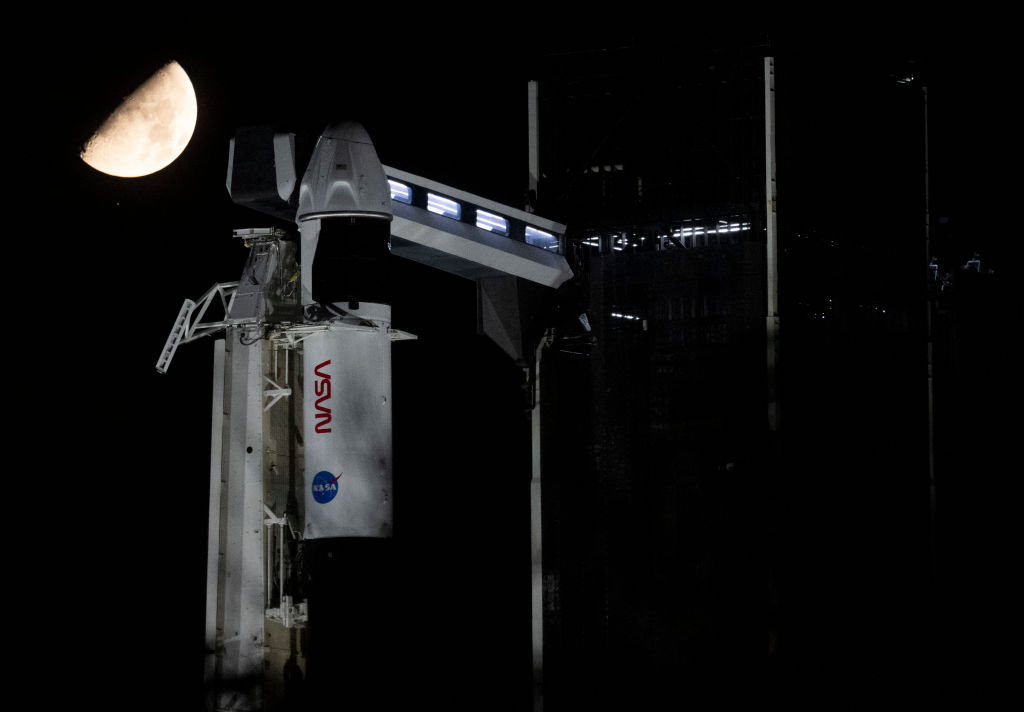
The moon and the star Antares are seen in the sky above a SpaceX Falcon 9 rocket (Getty)
Sean Duffy, the secretary of transportation whom President Trump appointed last month as temporary leader of NASA, has issued a directive to fast-track efforts to put a nuclear reactor on the moon. “To properly advance this critical technology to be able to support a future lunar economy, high power energy generation on Mars, and to strengthen our national security in space,” he says.A small nuclear reactor on the moon is a good idea, but the directive is about more than that: it is about renewing America’s leadership in space exploration that, with its magnificent achievements…













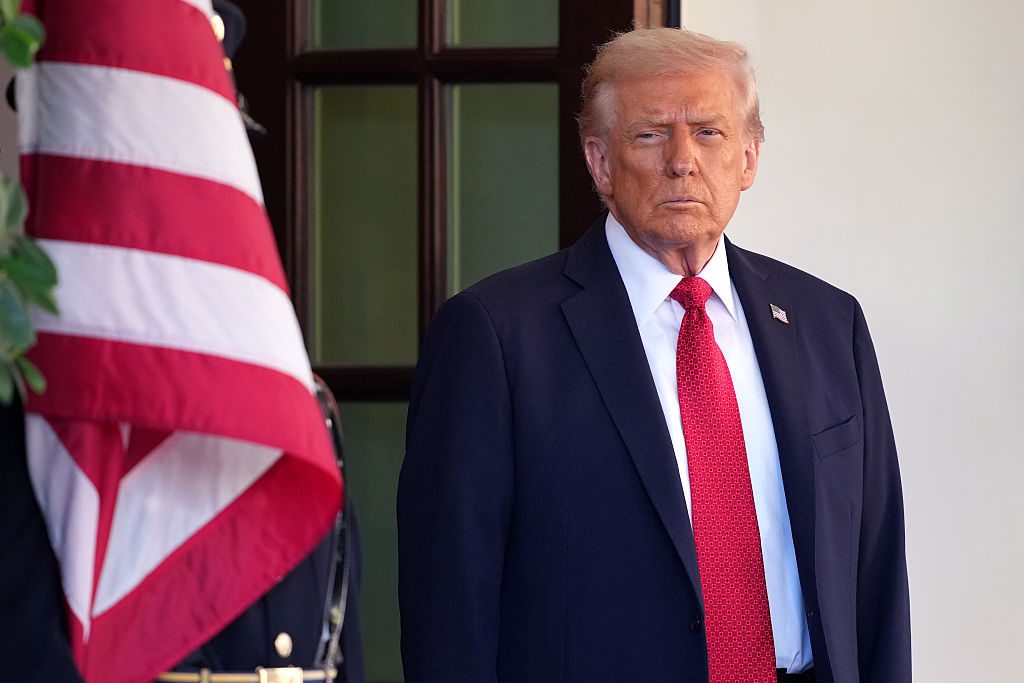

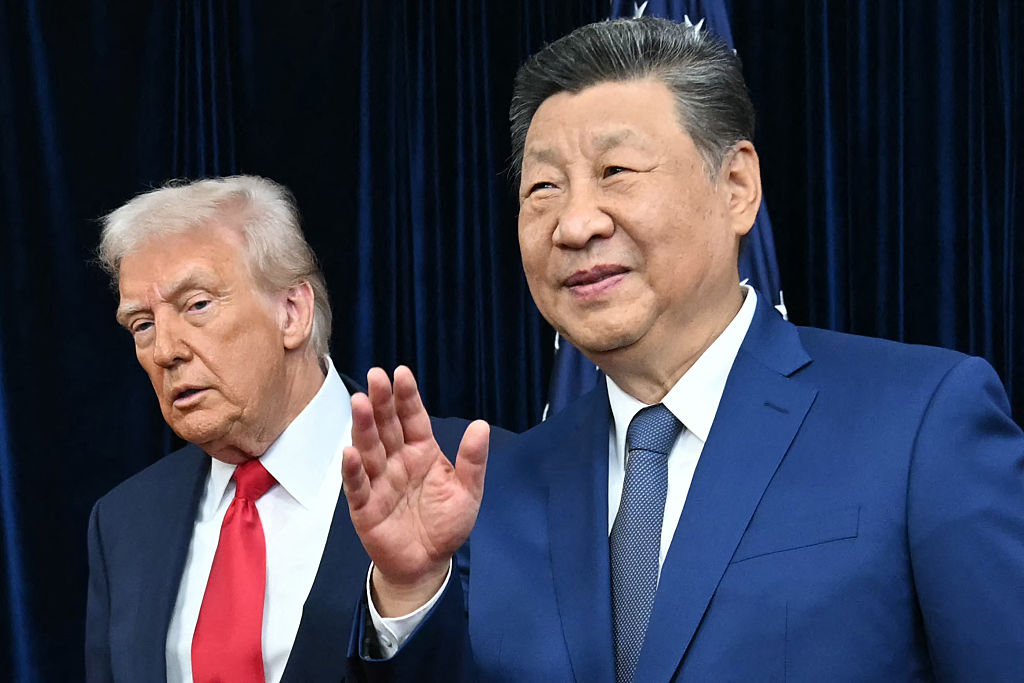
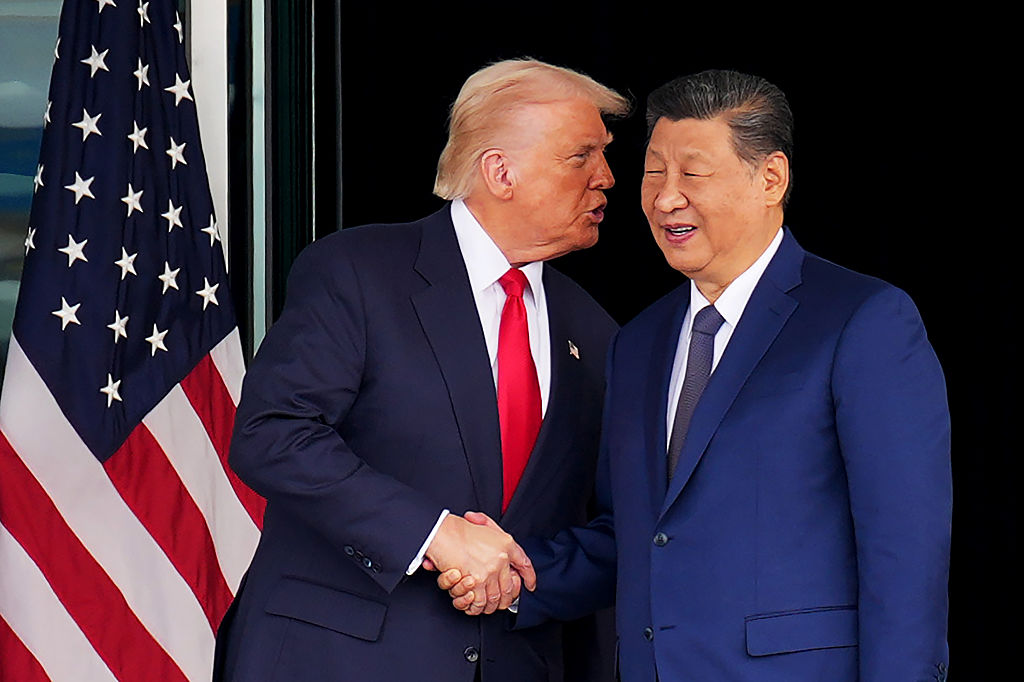
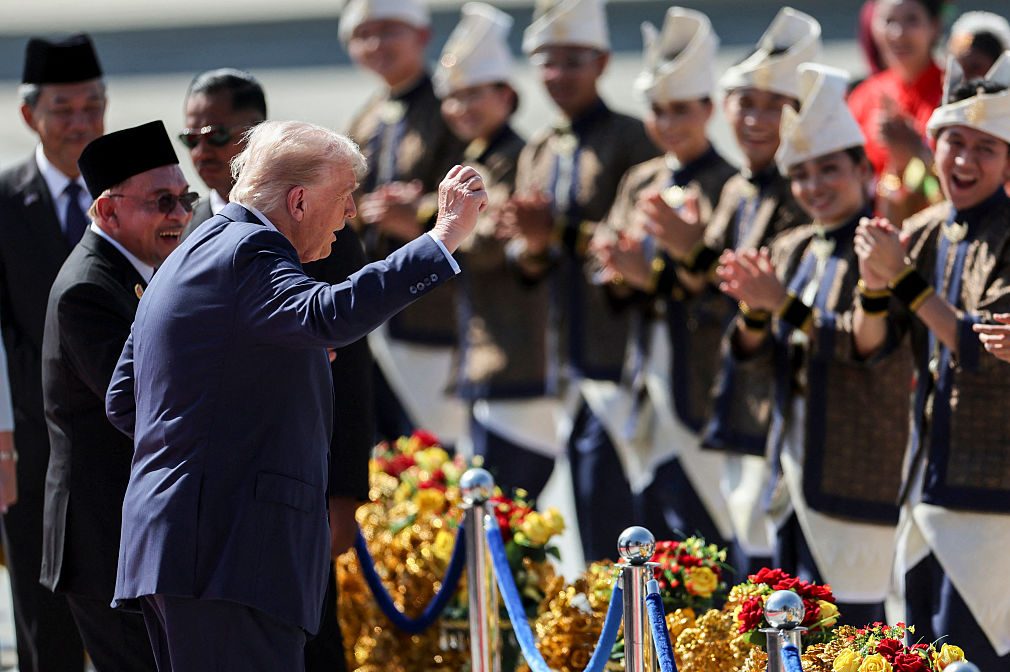

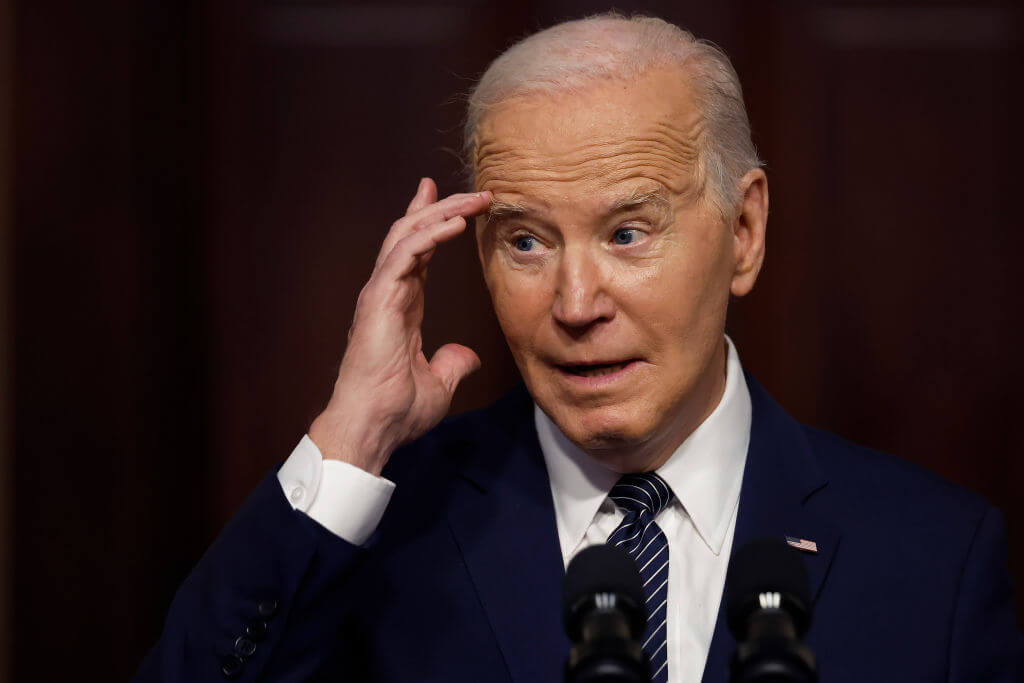



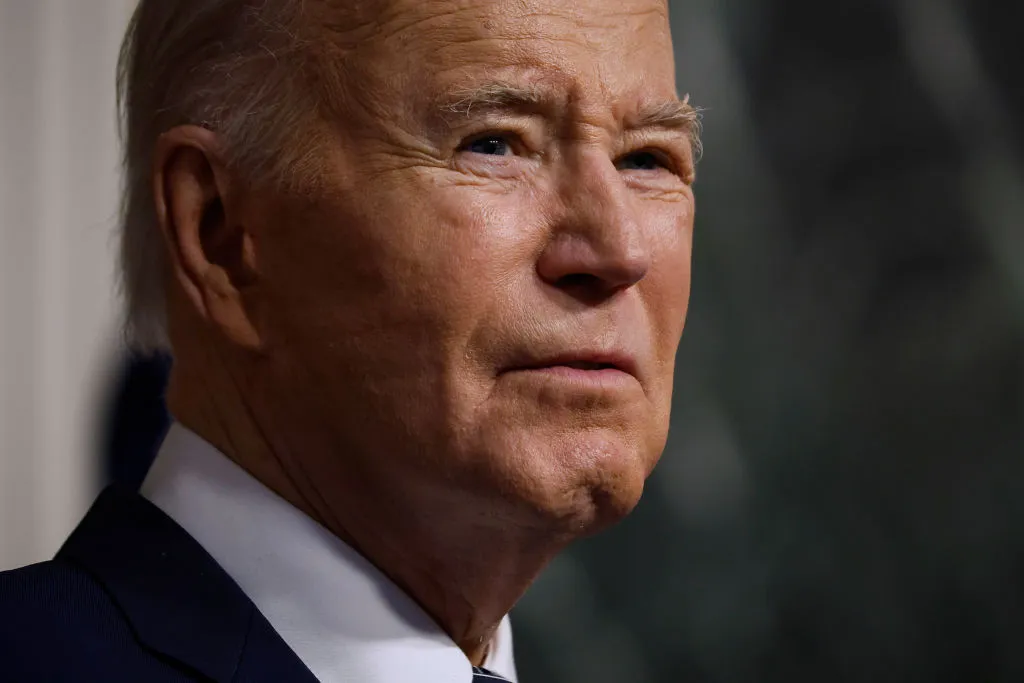

Leave a Reply